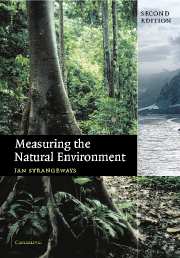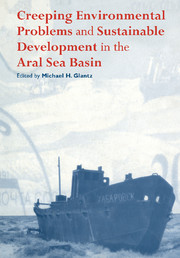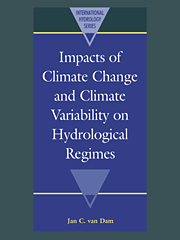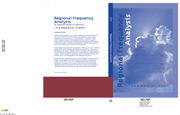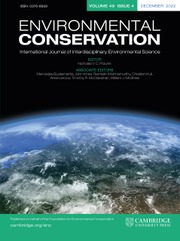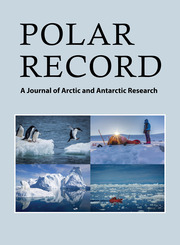Measuring the Natural Environment
Measurements of natural phenomena are vital for any type of environmental monitoring, from the practical day-to-day management of rivers and agriculture, and weather forecasting, through to longer-term assessment of climate change and glacial retreat. This book looks at past, present and future measurement techniques, describing the operation of the instruments used and the quality and accuracy of the data they produce. The book will be important for all those who use or collect such data, whether for pure research or day-to-day management of the environment. It will be useful for students and professionals working in a wide range of environmental science: meteorology, climatology, hydrology, water resources, oceanography, civil engineering, agriculture, forestry, glaciology, ecology. The first edition received excellent reviews and this new edition has been expanded considerably, through the addition of six new chapters and the extension and modification of many of the existing chapters.
- First edition received excellent reviews; second edition updated and with extensive additions
- Exclusively addresses how natural phenomena are measured; other books only address interpretation and application of environmental data
- Includes past, present and future measurement techniques of all environments and variables
Reviews & endorsements
"[I]t is likely to be of use to anyone with an interest in the techniques of environmental monitoring..." Ray Wood, The Leading Edge
"The author clearly has extensive experience, knowledge, and insight into a whole range of measurement techniques and instruments. The book is well written in a style easily understood by those that do not routinely use the instruments." Soil Science
"The book is highly recommendable...very well written, concise and clear." Environmental Geology
"...excellent handbook on environmental data acquisition....I recommend it." The Leading Edge
"One normally questions the need for a second edition only three years after the first, but in this case it is justified. Six chapters and 170 pages have been added to the original, all of them helpful. Every original chapter has been updated. No matter what environmental parameter one may wish to measure--air pressure, soil moisture, water current velocity, water quality, wind speed, polar ice, or greenhouse gases--there is a section on how to do it, what instruments to use, accuracy and calibration, costs, and what can go wrong. For all environmental professionals or those who aspire to become one. Highly recommended." Choice
"It is refreshing to read a book--on what could be a rather dry topic--written in a more entertaining style without sacrificing content and material." Weatherwise
"The author has done an excellent job of setting the scene and providing sufficient information for the majority of readers. The text is well-written and easy to follow, even for non-specialists. The book is more than just a manual, as each chapter provides a comprehensive consideration of how environmental measurements may be made, along with details of the construction and operational physics of the instrumentation, and problems with making and interpreting the observations are also noted. Extremely useful. I recommend this book to anybody involved in the collection or use of environmental data, if only to confirm that they are collecting it correctly."
P.J.A. Burt, Royal Meteorological Society
Product details
November 2003Paperback
9780521529525
548 pages
248 × 174 × 28 mm
1.074kg
205 b/w illus. 5 tables
Available
Table of Contents
- Acknowledgements
- 1. Basics
- 2. Radiation
- 3. Temperature
- 4. Humidity
- 5. Wind
- 6. Barometric pressure
- 7. Evaporation
- 8. Precipitation
- 9. Soil moisture and groundwater
- 10. Rivers and lakes
- 11. Data logging
- 12. Telemetry
- 13. Visibility
- 14. Clouds
- 15. Lightning
- 16. The upper atmosphere
- 17. The oceans
- 18. Cold regions
- 19. Remote sensing
- 20. Atmospheric composition
- 21. Forward look
- Appendix: abbreviations and acronyms
- Index.

